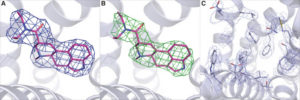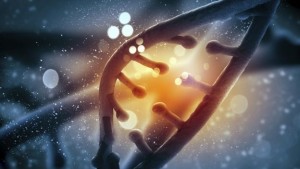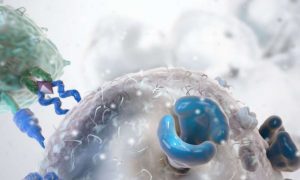Highlights
Class A GPCRS exist in monomer–dimer equilibrium.
Monomeric class A GPCRs effectively activate G proteins, are phosphorylated by GRKs, and bind arrestins.
GPCR oligomers may play a role at other stages of the receptor lifecycle that do not involve signaling.
Until the late 1990s, class A G protein-coupled receptors (GPCRs) were believed to function as monomers. Indirect evidence that they might internalize or even signal as dimers has emerged, along with proof that class C GPCRs are obligatory dimers. Crystal structures of GPCRs and their much larger binding partners were consistent with the idea that two receptors might engage a single G protein, GRK, or arrestin. However, recent biophysical, biochemical, and structural evidence invariably suggests that a single GPCR binds G proteins, GRKs, and arrestins. Here we review existing evidence of the stoichiometry of GPCR interactions with signal transducers and discuss potential biological roles of class A GPCR oligomers, including proposed homo- and heterodimers.







